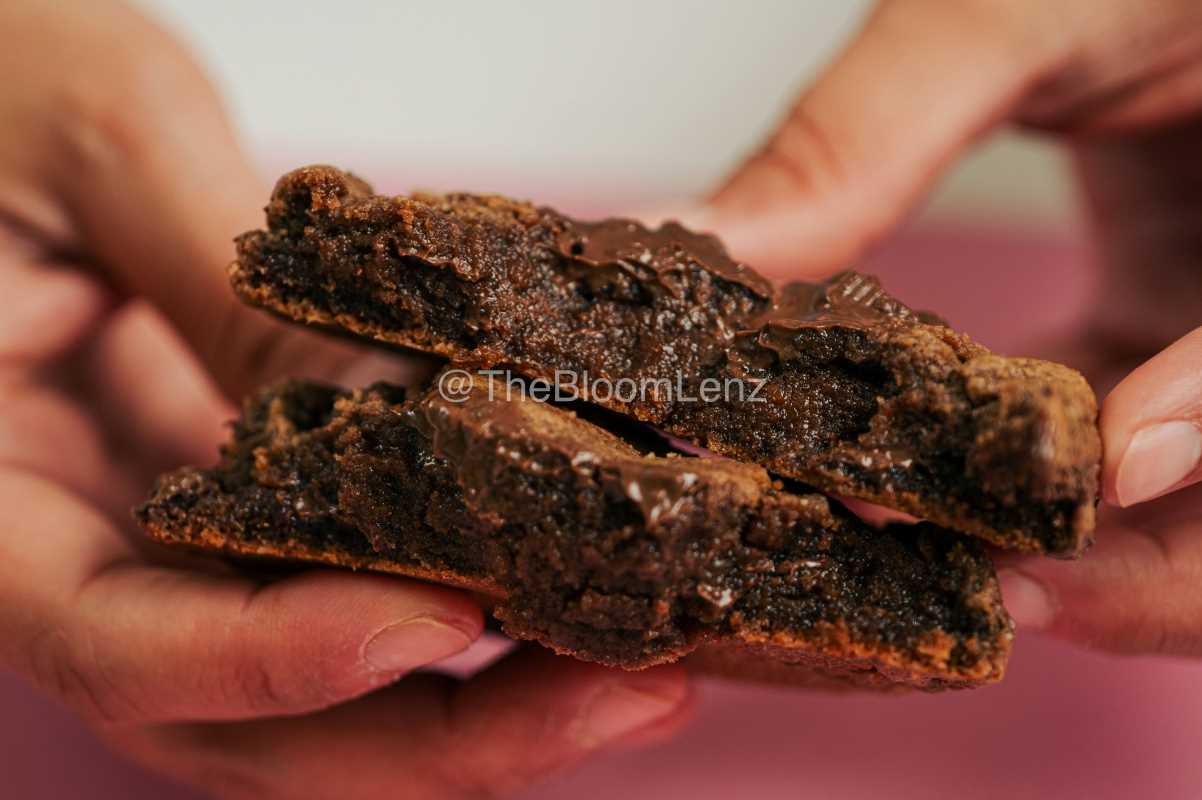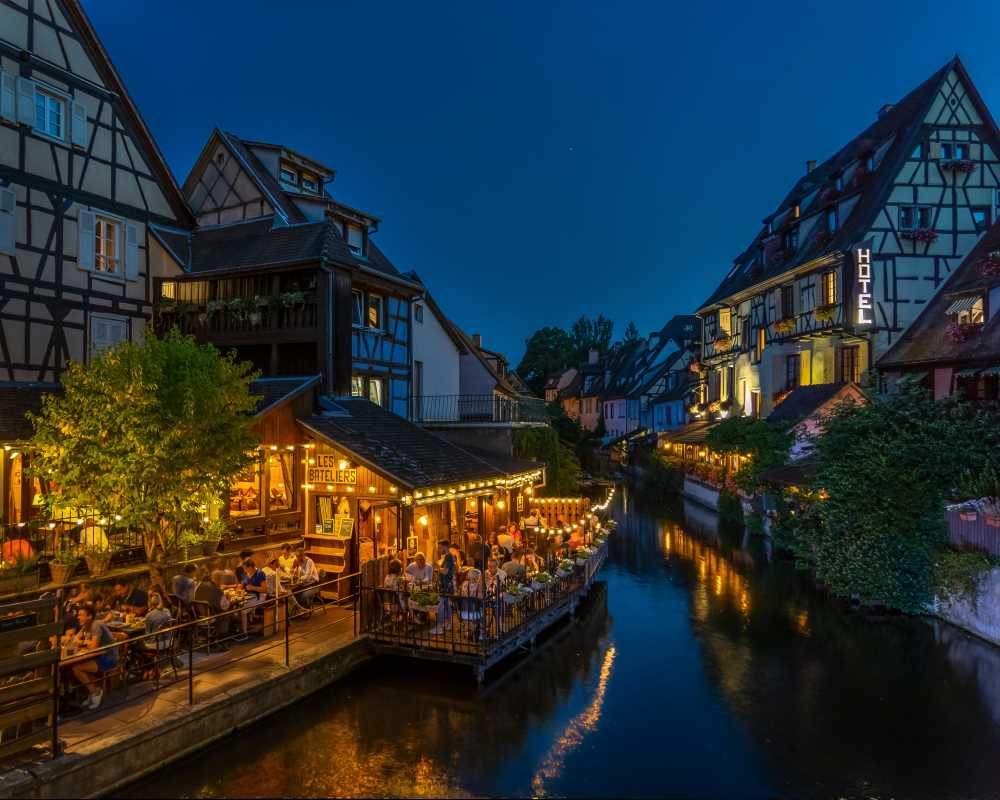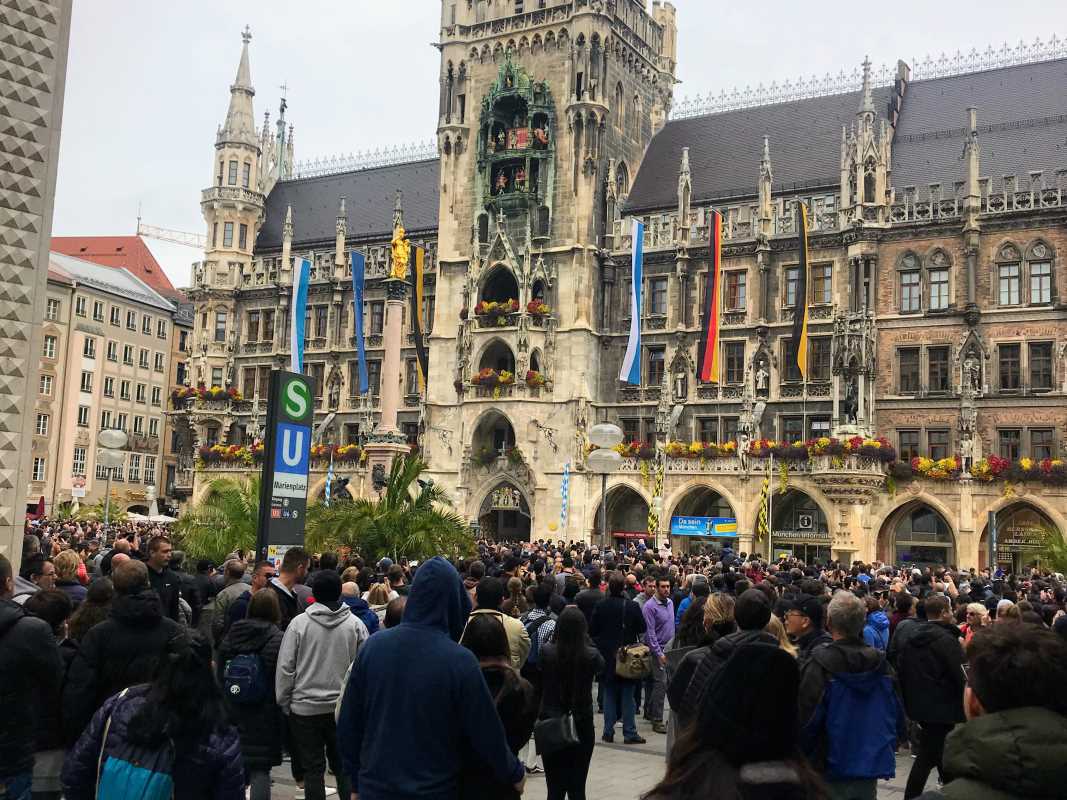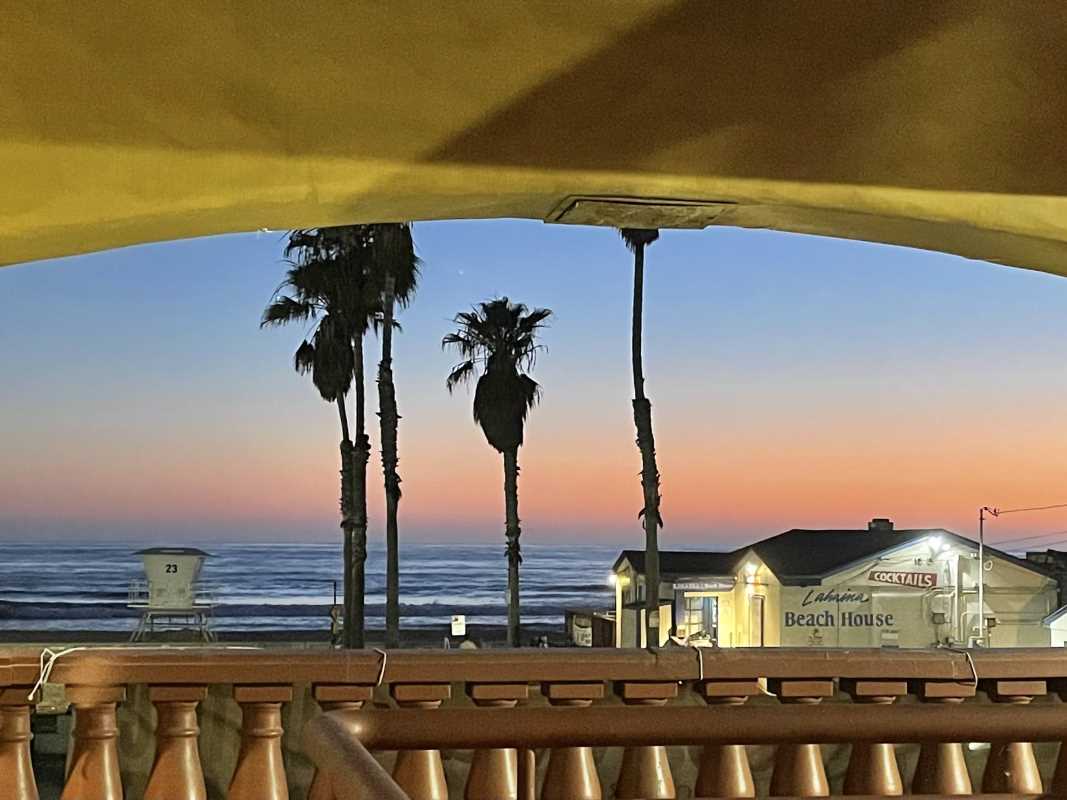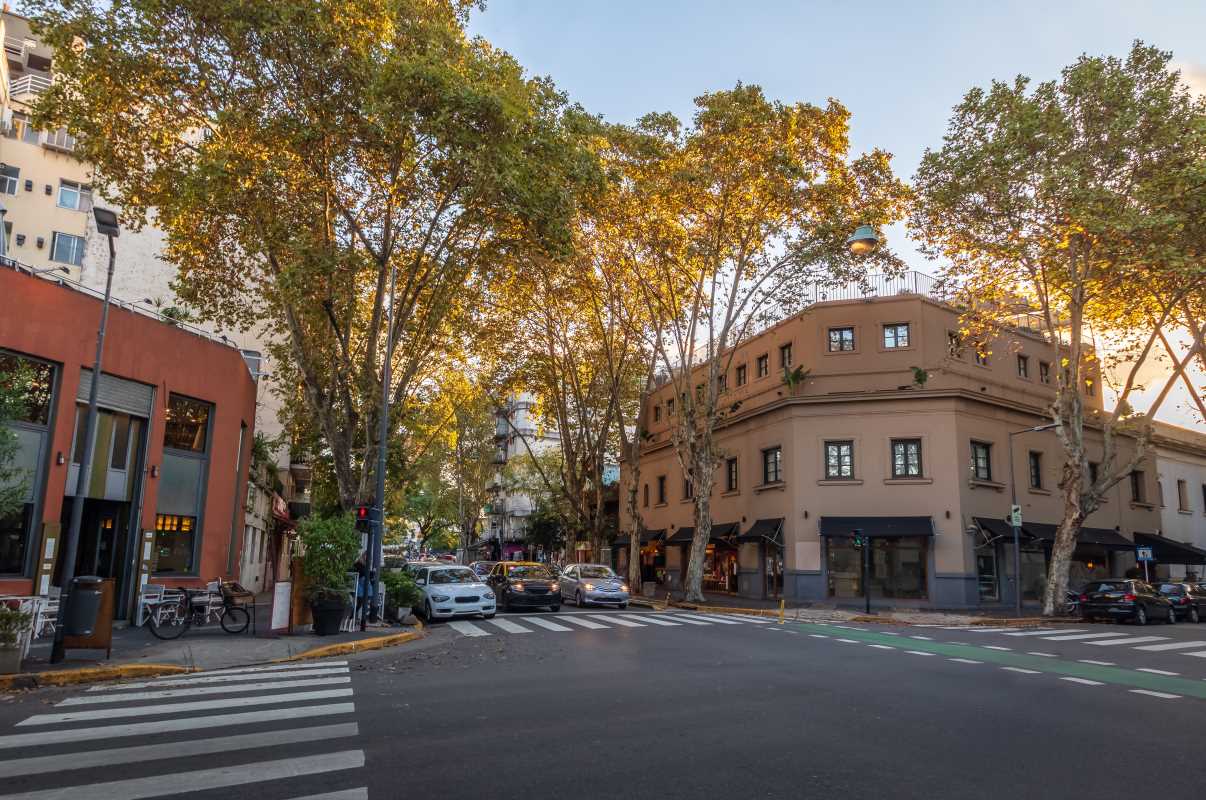Las Vegas has a reputation that precedes it, often conjuring images of blinding neon lights, ringing slot machines, and endless all-you-can-eat buffets filled with questionable shrimp cocktails. However, if you look past the flashing marquees and the typical tourist traps, you will discover a culinary landscape that rivals the best food cities in the world. This transformation isn't just about big international brands opening outposts in casinos; it is driven by passionate chefs who have planted their flags in the desert to create something truly personal. For the hungry traveler, seeking out these chef-owned gems offers a taste of the real Las Vegas—one that is innovative, diverse, and incredibly delicious.
The Shift from Buffets to Culinary Brilliance
For decades, food in Vegas was viewed as fuel. It was cheap, abundant, and designed to keep you energized for the gaming tables. The "99-cent shrimp cocktail" was the gold standard of a Vegas meal. But in the late 90s and early 2000s, a shift occurred. The mega-resorts began courting serious culinary talent. While famous names put their names on the doors of massive strip restaurants, a quieter revolution was brewing in the neighborhoods surrounding the Strip.
Talented chefs, many of whom had moved to the city to work in those high-end casino kitchens, began to branch out on their own. They wanted creative freedom. They wanted to cook the food they loved without corporate oversight. The result is a vibrant dining scene where the person who owns the restaurant is often the same person sweating over the stove. These spots, found in strip malls in Chinatown, the Arts District, and suburban neighborhoods, are where the local industry workers go to eat when their shifts end.
Esther’s Kitchen: The Soul of the Arts District
If you want to understand the current heartbeat of local Vegas dining, you have to visit the Arts District, and specifically, Esther’s Kitchen. Created by Chef James Trees, a Las Vegas native who cut his teeth in some of the toughest kitchens in the country, this restaurant feels like a homecoming.
The vibe here is undeniably cool but welcoming, with an industrial-chic aesthetic that fits perfectly into the revitalized downtown area. The food is best described as "seasonal Italian soul food." The star of the show is the sourdough bread, which is fermented for three days and served with an array of "anchovy-heavy" spreads and terrifyingly good truffle butter.
Chef Trees focuses heavily on pasta, which is handmade fresh every morning. Whether it’s a simple spaghetti with pomodoro or a complex radiatore with braised pork, the texture and flavor are spot-on. It’s the kind of place that proves you don’t need a casino backdrop to have a world-class meal.
Lotus of Siam: The Thai Legend
No list of Vegas culinary treasures is complete without mentioning Lotus of Siam. For years, food critics and travel enthusiasts whispered about this place like it was a secret society. Located in a humble commercial center off the Strip, it doesn't look like much from the outside. But inside, Chef Saipin Chutima has created what many critics, including the late Jonathan Gold, have called the best Thai restaurant in North America.
Chef Chutima specializes in Northern Thai cuisine, which is distinct from the Bangkok-style street food most Americans are used to. The flavors here are deeper, earthier, and often spicier. Her signature dish, the Khao Soi—a crispy duck served on a bed of egg noodles in a curry sauce—is life-changing.
What makes this place a true gem is the family ownership. Despite winning James Beard awards and international acclaim, the Chutima family runs the show with humility and grace. It’s a reminder that in a city of glitz, substance still matters.
Raku: Precision in Chinatown
Head over to Spring Mountain Road, often referred to as Vegas’s Chinatown, and you’ll find Raku. This tiny, minimalist spot is the brainchild of Chef Mitsuo Endo. Raku is a Robata grill, specializing in charcoal-grilled skewers and small plates.
Chef Endo originally opened Raku to serve his fellow chefs who got off work late at night and wanted high-quality food. Because of this, the attention to detail is obsessive. The menu features ingredients you might not see at your average teriyaki joint—things like foie gras skewers, Kobe beef tendon, and house-made tofu that is so creamy it eats like a savory custard.
The atmosphere is quiet and respectful. It feels like you’ve been transported from the Nevada desert straight to a side street in Tokyo. There are no slot machines here, just the smell of binchotan charcoal and the sound of happy diners.
The Black Sheep: Vietnamese-American Creativity
In the southwest part of the city, Chef Jamie Tran is making waves with The Black Sheep. You might recognize Chef Tran from her appearance on Top Chef, but locals know her for her inventive fusion cuisine that blends her Vietnamese heritage with American comfort food.
The restaurant is casual and unpretentious, located in a nondescript strip mall that belies the quality of the food inside. The menu is playful and bold. One of the standout dishes is the salmon skin tacos, a crunchy, savory delight that perfectly encapsulates her style. She also serves a bawana burger that rivals any high-end steakhouse burger in town.
The Black Sheep is a perfect example of the "modern" Vegas restaurant. It’s affordable, it’s personal, and it pushes boundaries without being intimidating. It’s the kind of place where you can tell the chef is having fun in the kitchen.
Sparrow + Wolf: Global Wanderlust on a Plate
Chef Brian Howard’s Sparrow + Wolf is for the adventurous eater. Located on Spring Mountain Road, this restaurant refuses to be boxed into a single cuisine. Chef Howard’s background includes working in some of the most prestigious kitchens on the Strip, but at Sparrow + Wolf, he lets his imagination run wild.
The menu is a travelogue of flavors, pulling inspiration from everywhere. You might find a dish that combines Japanese techniques with French sauces and American ingredients. Everything revolves around a wood-fired hearth in the center of the kitchen.
Dishes like the Chinatown Clams, served with Chinese sausage and donut holes, sound crazy on paper but work beautifully on the palate. The restaurant itself has a buzzing, energetic atmosphere. It’s a place that celebrates the melting pot of cultures that make up the Las Vegas community.
Why Seek Out Chef-Owned Spots?
You might be wondering, "Why should I leave the convenience of my hotel to find these places?" The answer is connection. When you dine at a massive corporate restaurant, you are a customer. When you dine at a chef-owned gem, you are a guest.
There is a tangible difference in the hospitality. The staff often have a direct line to the owner. The menus change more frequently to reflect what looks good at the market that morning. The creativity is unbridled because there isn't a boardroom of executives approving every recipe. In a city often criticized for being artificial, these restaurants offer authenticity.
Tips for the Foodie Traveler in Vegas
If you are ready to eat your way through the real Las Vegas, here are a few tips to help you navigate the scene:
- Reservations are Essential: Just because these places are off the Strip doesn't mean they are empty. Locals love these spots, and they fill up fast. Book your tables weeks in advance if possible.
- Uber is Your Friend: Most of these gems are not within walking distance of the major casinos. Factor ride-share costs into your dining budget. It’s worth the 15-minute drive to get to Spring Mountain Road or the Arts District.
- Ask About "Off-Menu" Items: Because chefs are often in the kitchen, they sometimes play around with specials that aren't printed on the menu. Always ask your server if the chef is working on anything new tonight.
- Go for Lunch: Some of these spots, like Esther’s Kitchen or Lotus of Siam, offer lunch service which can be easier to get into and slightly more affordable than dinner.
- Explore the Plazas: Don't be deterred by location. In Vegas, the best food is often found next to a dry cleaner or a tax preparation office. If the strip mall looks boring, the food inside is probably exciting.
Las Vegas is evolving. It is no longer just a playground for gamblers; it is a destination for serious eaters. By venturing beyond the casino floor and supporting these chef-owned businesses, you aren't just getting a better meal—you're experiencing the passion and diversity of the people who call this neon oasis home. So, put down the buffet plate, grab a cab, and go taste the real Las Vegas.
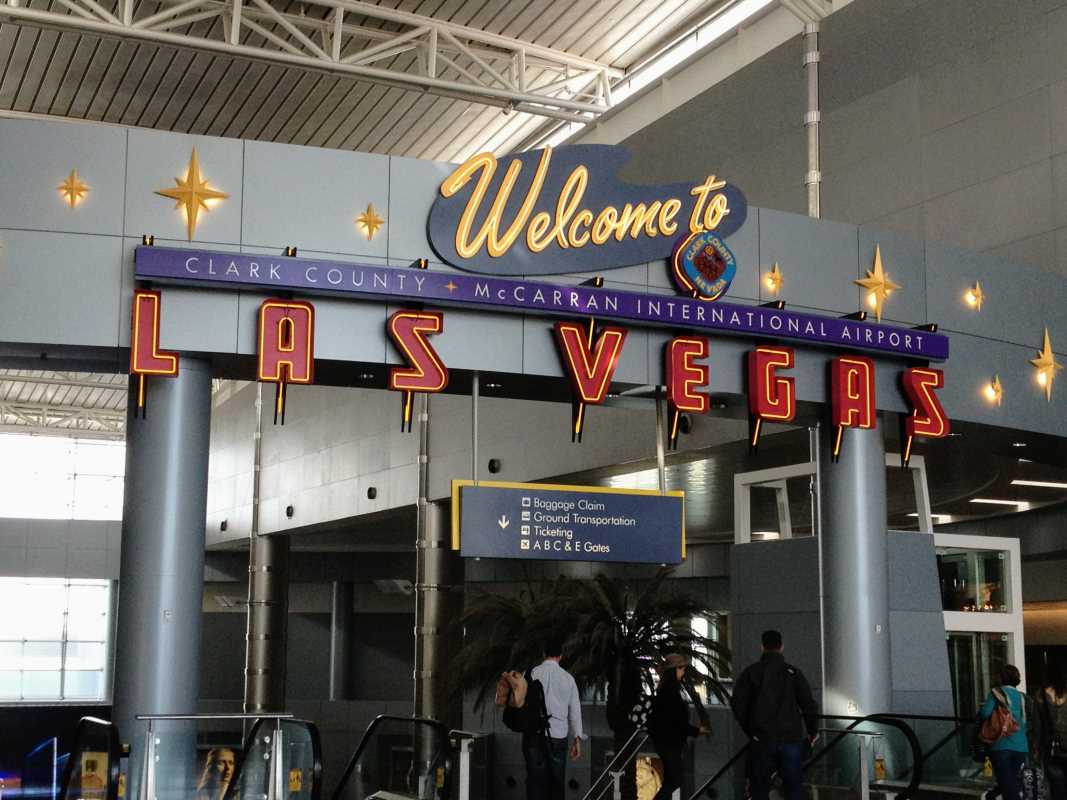 (Image source: Inuvo / DSR)
(Image source: Inuvo / DSR) 
